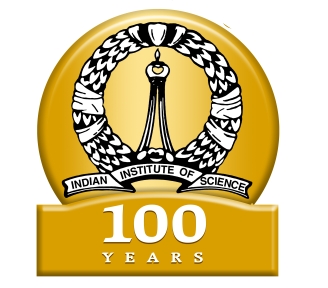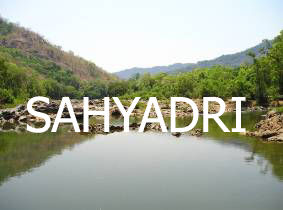ABSTRACT
Land cover (LC) describes the physical state of the earth's surface in terms of the natural environment (vegetation, waterbodies, etc ) and the human-made structures (built up). These features can be extracted from RS data of different spatial (Cartosat, IKONOS PAN, etc.), spectral (Multispectral, superspectral and hyperspectral) and temporal resolutions, LC mapping can be performed by processing these data into different themes or classes using supervised and unsuper vised classification approaches. Robust algorithms are available for classifying multispectral data. However, classification of coarse spatial resolution data such as superspectral for discerning LC entities requires different strategies. This communication evaluates the suitability of algorithms such as Spectral Angle Mapper (SAM) and Gaussian Maximum Likelihood classifier (GMLC) for LC mapping using (i) MODIS 7 land bands product, (ii) Principal component and (iii) Minimum Noise Fraction components, of the MODIS 36 bands of 250 m to 1 km spatial resolution. The accuracy assessment shows that GMLC on MODIS bands 1 to 7 and SAM on the same 7 bands performed well (with 76% and 70% accuracy) in LC mapping compared to others Validation reveals utility of these techniques for LC mapping from superspectral data at regional scale.
Keywords : Land cover, Superspectral, MODIS, Spectral Angle Mapper, Gaussian Maximum Likelihood Classifier, GRDSS





